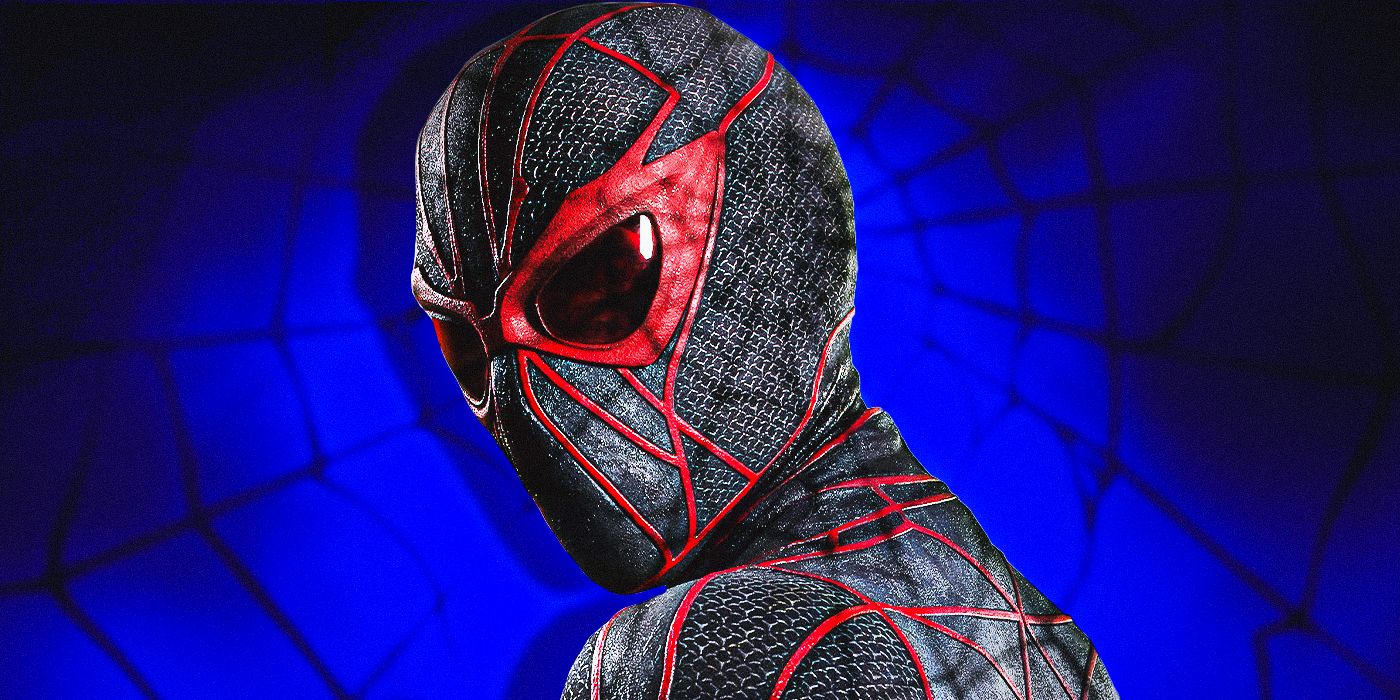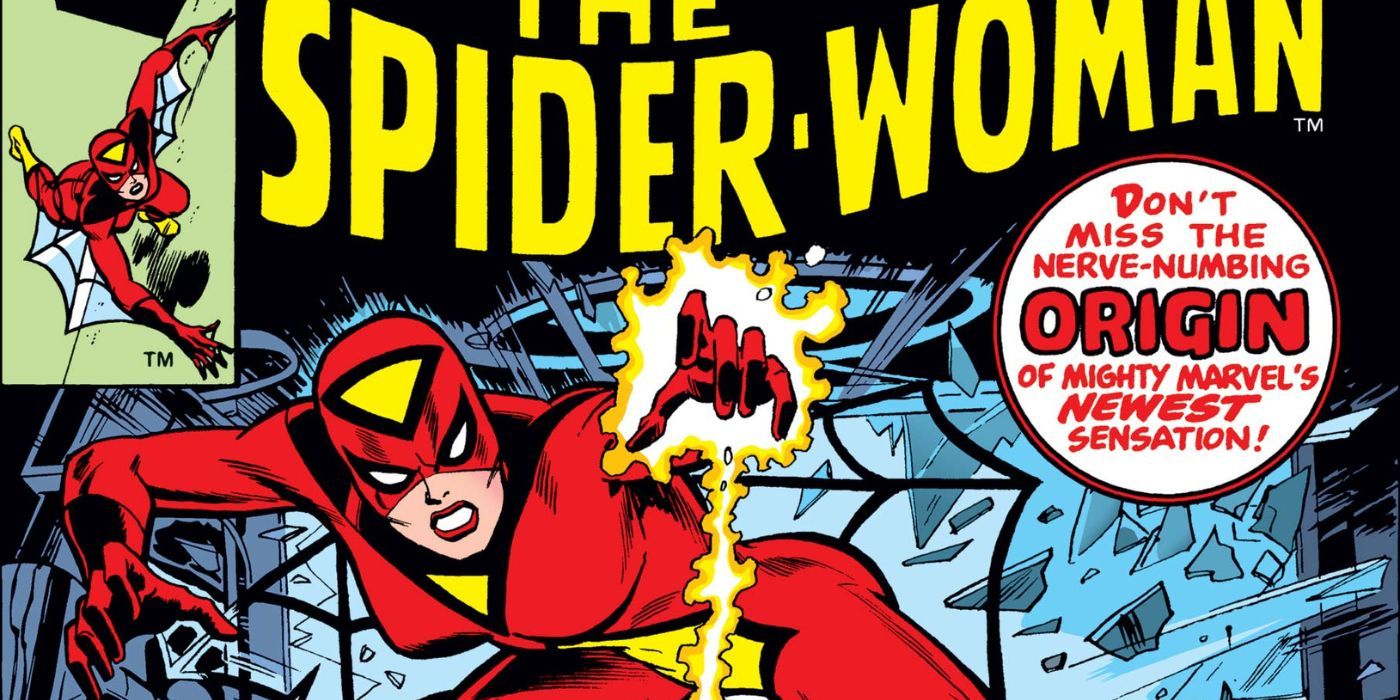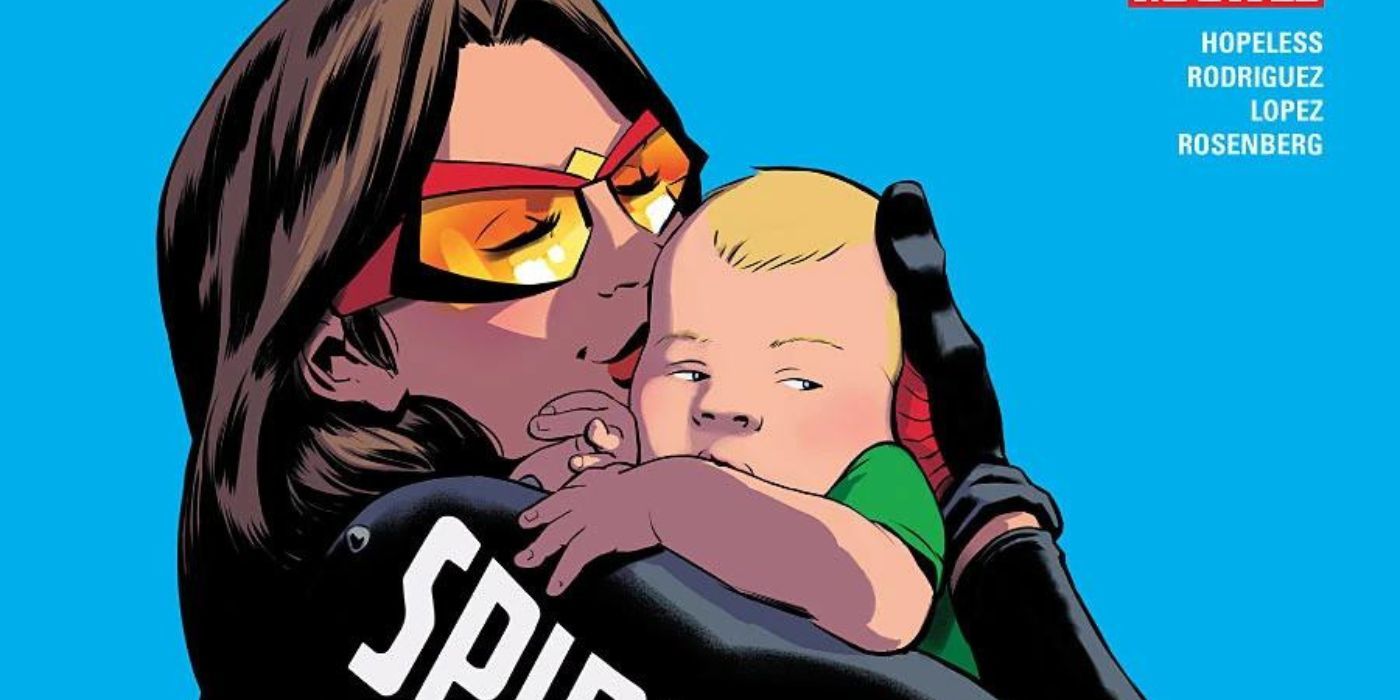The Big Picture
- Spider-Woman was originally created to protect Marvel’s trademarks, specifically to prevent other companies from using the Spider-Man name.
- The character’s debut as a throwaway villain quickly turned into a fan-favorite, leading to her own solo series and a continued presence in the Marvel Comics universe.
- Spider-Woman’s popularity declined for a period but was revived in the 2000s by writer Brian Michael Bendis, and she has since become an integral part of the Marvel Comics landscape.
Sony’s newest Spider-Man Universe film, Madame Web, directed by S. J. Clarkson, marks the live-action debut of not one but two “Spider-Women”, Sydney Sweeney‘s Julia Cornwall and Celeste O’Connor‘s Mattie Franklin. That’s not counting the titular character played by Dakota Johnson and Isabela Merced‘s Anya Corazon / Araña. Both of these characters have devoted fans worldwide who are excited to see their movie debuts. However, neither of them would be here today if it wasn’t for the original Spider-Woman, Jessica Drew. Her story starts with a behind-the-scenes plan involving the late Stan Lee, Spider-Man, and trademark laws.
Created in the 1970s by writer Archie Goodwin and artist Marie Severin, Jessica Drew / Spider-Woman has been a beloved Marvel Comics character for decades, having been involved in major events like the Spider-Verse stories, “Secret Invasion”, and many more. But even her fans may be surprised to learn that Spider-Woman was originally used as a way to protect Marvel’s trademarks, and one in particular, Spider-Man. In her first appearance, Spider-Woman wasn’t a hero; she was supposed to be a one-off villain who didn’t even have a real name. While the original reason for her existence was to protect the Spider-Man IP, she would later grow into a more complex character.
Madame Web
Cassandra Webb is a New York City paramedic who starts to show signs of clairvoyance. Forced to confront revelations about her past, she must protect three young women from a mysterious adversary who wants them dead.
- Release Date
- February 14, 2024
Comic Book Publishers Have a Long History of Ripping Each Other Off
It’s no secret that all comic book publishers have, at some point or other, made parodies and outright copies of their competitors’ best characters. Superman, for example, has led to the creation of characters like Invincible‘s Omni-Man, Homelander from The Boys, and many, many more. Marvel and DC in particular have been doing this for ages. While many of the more blatant rip-offs led to lawsuits and years of negotiation, there was a loophole in the laws that governed the copyrights and trademarks of comic book characters. If a character had a similar nameto an established character but an original concept and story, it could technically be defended as an original creation. In other words, nothing was stopping a publisher from creating a new character with an original concept and naming them something like, say, “Superduperman” (who is a real character, by the way). But publishers soon found a solution to this problem: doing it themselves, with their own characters. In an interview published in 1978’s The Comics Journal #42, then-publisher at Marvel Comics Stan Lee revealed how Spider-Woman was conceived as a way to protect the Spider-Man IP.
“I suddenly realized that some other company may quickly put out a book like that and claim they have the right to use the name,” Lee said. “And I thought we’d better do it real fast to copyright the name. So we just batted one out quickly, and that’s exactly what happened. I wanted to protect the name because it’s the type of thing someone else might say, ‘Hey, why don’t we put out a Spider-Woman, they can’t stop us.'” Just two years before that interview, DC Comics had introduced a character called Power Girl, while Marvel had a character called Power Man (now better known as Luke Cage). As time went on, this became a very pressing problem and one that, in his own words, got Stan Lee “pretty annoyed”. Similar concerns also led to the introduction of the She-Hulk in 1980, created as a way to protect copyrights to the Hulk. By 1978, Spider-Woman had already become a fan-favorite character withher own solo series. So how did Spider-Woman go from a throwaway villain to a superhero icon? Simple: the fans loved her.
Spider-Woman Had an Unexpectedly Successful Debut
The year was 1977. Marvel had just published the “Marvel Spotlight #32.” In its pages, the villainous organization Hydra sends a team of assassins to kill S.H.I.E.L.D.’s Nick Fury. Leading the attack is their latest super-spy, the “spider woman” codenamed: Arachne. The issue gives the character a rather bizarre origin story, revealing that this “spider woman” is an actual spider mutated into a woman by the mad scientist known as the High Evolutionary. Taken by Hydra and brainwashed into believing she’s a real woman, Arachne goes after Nick Fury, who reveals the truth to her. In the aftermath of this revelation, the “spider woman” turns on her masters and escapes to find her place in the world.
To the great surprise of the Marvel Comics bullpen, the issue was a huge success and the fans were in love with this mysterious new character. What started out as a simple solution to a potential legal problem had turned into comic gold, and Marvel was quick to mine that potential. The character, now officially called Spider-Woman, got a four-issue arc in Marvel Two-In-One starting with it’s twenty-nineth issue, followed by the aforementioned solo series, Spider-Woman Volume 1. Her solo series changed Spider-Woman’s origins again, doing away with the original story and finally naming her Jessica Drew. The initial series ran for 50 issues and ended in 1983, by which time Spider-Woman had become a Marvel mainstay.

Who Is ‘Madame Web’s Villain Ezekiel Sims in Marvel Comics?
Sony is diving deep into Spider-Man’s comic book lore.
Spider-Woman continued to be a major Marvel Comics character through the early 1980s. Her time at the forefront of Marvel hit its peak in 1979 when the 16-episode animated television series Spider-Woman debuted on ABC, starring Joan Van Ark as the voice of Jessica Drew / Spider-Woman. Funnily enough, the show was once again created for copyright reasons; a Filmation series called Web Woman had debuted around the same time. But by this point, Spider-Woman’s solo series was facing dwindling sales, and it was ultimately canceled, with Jessica Drew being killed off in the final issue. This death, however, led to an outcry from the character’s fans, and it was reversed less than a year later in the pages of The Avengers.
Spider-Woman Opened the Door for More Spider-Heroes
Though Jessica Drew’s popularity went down for a while, Marvel kept the Spider-Woman name alive. In 1984, during their landmark series Secret Wars, Marvel introduced the second Spider-Woman, Julia Carpenter (renamed Julia Cornwall in Madame Web). Julia became the main Spider-Woman for some time after that, with Jessica Drew relegated to cameos and supporting roles. In the late 1990s, a third Spider-Woman arrived on the scene: Mattie Franklin. Mattie’s adventures featured Julia and Jessica Drew as supporting characters.
Many similar characters followed, not all of whom were called “Spider-Woman”. Anya Corazon, for example, goes by Araña and Spider-Girl, not Spider-Woman. The latest and most popular of these in comics is the alternate universe version of Gwen Stacy, known to fans as Spider-Gwen. But even though her popularity dived in the 80s and 90s, Jessica Drew rose back to the top in the 2000s.
Brian Michael Bendis and Spider-Woman’s Modern-Day Revival
Acclaimed comic book writer and artist Brian Michael Bendis Bendis worked on the character’s story until the 2010s. He brought the character back to prominence by giving her a pivotal role in his The New Avengers Volume 1. Later, the character got further development in the comics, even becoming a mother during Marvel’s All-New, All-Different relaunch. Since then, Spider-Woman has once again become a beloved hero and an integral part of the Marvel Comics landscape. The Spider-Woman legacy has come a long way since that strange first appearance in 1977, and it’s seen a complex and fun history ever since. What this means for future iterations is uncertain, but now, nearly 50 years later, fans are treated to a live action debut of the two latter Spider-Women with the release of Madame Web.
Madam Web is currently showing in theaters in the U.S.
Buy Tickets Now
Source link


